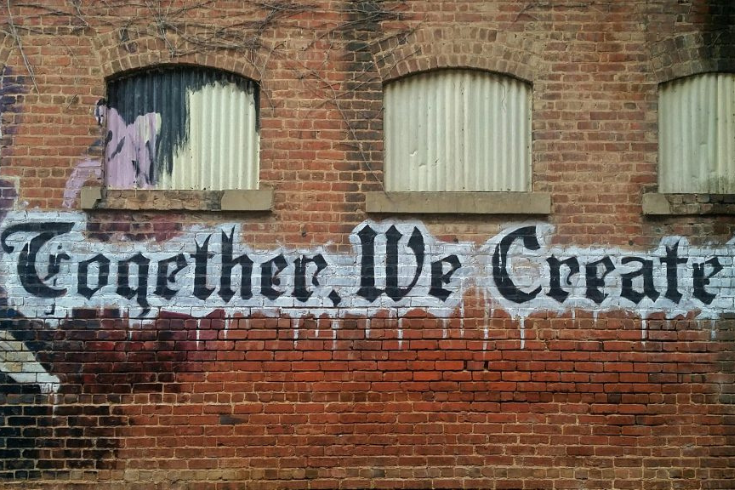The Rise of FinTechs Partnering with Financial Institutions
March 25, 2020

This post was written by Gideon Taub, CEO of Pinkaloo Technologies.
The Disruptor Era
The first few waves of FinTechs primarily pursued a direct-to-consumer strategy, disrupting the legacy Financial Institutions and dis-intermediating banks, brokerages, and credit unions. Services like Mint (founded 2006), Wealthfront (founded 2008), Venmo (founded 2009), and Robinhood (founded 2013) all had a significant impact on how their customers manage their finances and forced the incumbent financial institutions to adapt, whether it be by building their own robo-advisors, creating Zelle, and decreasing brokerage fees.
Very few ‘disruptor era’ FinTechs focused on partnering with legacy financial institutions to drive their distribution, and those that did faced uphill challenges in terms of not being embraced by banks, offering inferior user experiences due to the limitations of legacy vendors, and long, if not, impossible implementations.
Partnering with Financial Institutions as a Great Distribution Strategy
As we look across the FinTech ecosystem, we’re now seeing far more startups focus on a B2B2C business model, partnering with banks, brokerages, and credit unions to reach customers. As we look at the startups (including our company, Pinkaloo) in the recent MassChallenge FinTech cohorts in 630’s recent programs; and in other leading FinTech Accelerators, we’re seeing many consumer-facing solutions whose primary business model is partnering with financial institutions.
What’s driving that change?
1. Financial Institutions Eager to Partner
The innovation being led by the Direct-to-Consumer FinTechs is forcing the incumbent Financial Institutions to adapt, and in many cases, partnering is the less expensive and faster path to support that.
Like in the case of the development of Zelle, we’ve seen banks come together to create their own solution, but for many others, such as better customer onboarding experiences, chat bots, and white-label Donor Advised Funds, it makes more sense to partner.
2. The Incumbent Vendors Are Opening APIs
The leading vendors, particularly the front-end banking providers, have similarly realized that the best way to meet their clients’ needs is to open up APIs and SDKs and allow FinTechs to create beautiful solutions on top of their infrastructure. Those vendors don’t have to build every solution themselves and it makes it even harder for their clients to switch, a win for all parties.
3. Lower Marketing and Customer Acquisition Costs
For the FinTechs, partnering offers a distribution channel with much lower marketing and customer acquisition costs. Digital advertising rates for financial services products are particularly costly, so being able to generate recurring revenue via partnering is particularly attractive.
The Downsides to Partnering
As FinTechs decide on their go-to-market strategy, they should be sure to consider the downsides to this approach. First, most financial institutions are still learning how to successfully work with FinTechs, and sales and implementation cycles can be long.
The partnership strategy also requires a more mature, enterprise-ready product. You can throw the ‘Minimum Viable Product’ mindset out the window, as financial institutions expect and need a more sophisticated product.
Lastly, be prepared for a thorough compliance and diligence review, and be ready to dedicate tech resources to working through that. For many, Pinkaloo, included, the benefit far outweighs those downsides.
Gideon Taub is the CEO of Pinkaloo Technologies. Pinkaloo helps businesses engage their customers and communities through philanthropy and helps donors manage their giving through Pinkaloo’s white-label Modern Giving accounts.
Brandeis Graduate Professional Studies is committed to creating programs and courses that keep today’s professionals at the forefront of their industries. The MS in Digital Innovation for FinTech is no longer accepting applications. View current program offerings at brandeis.edu/online.